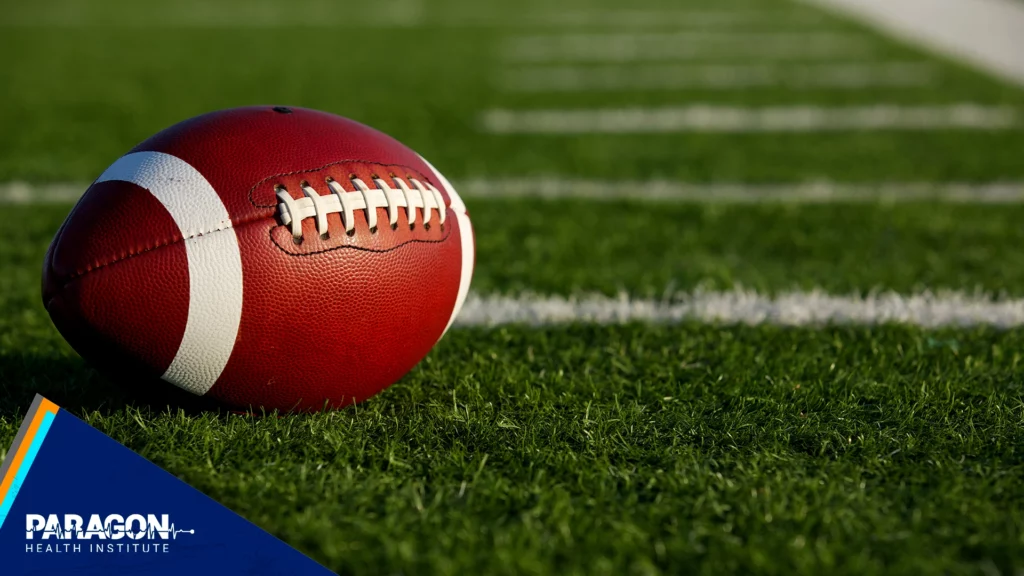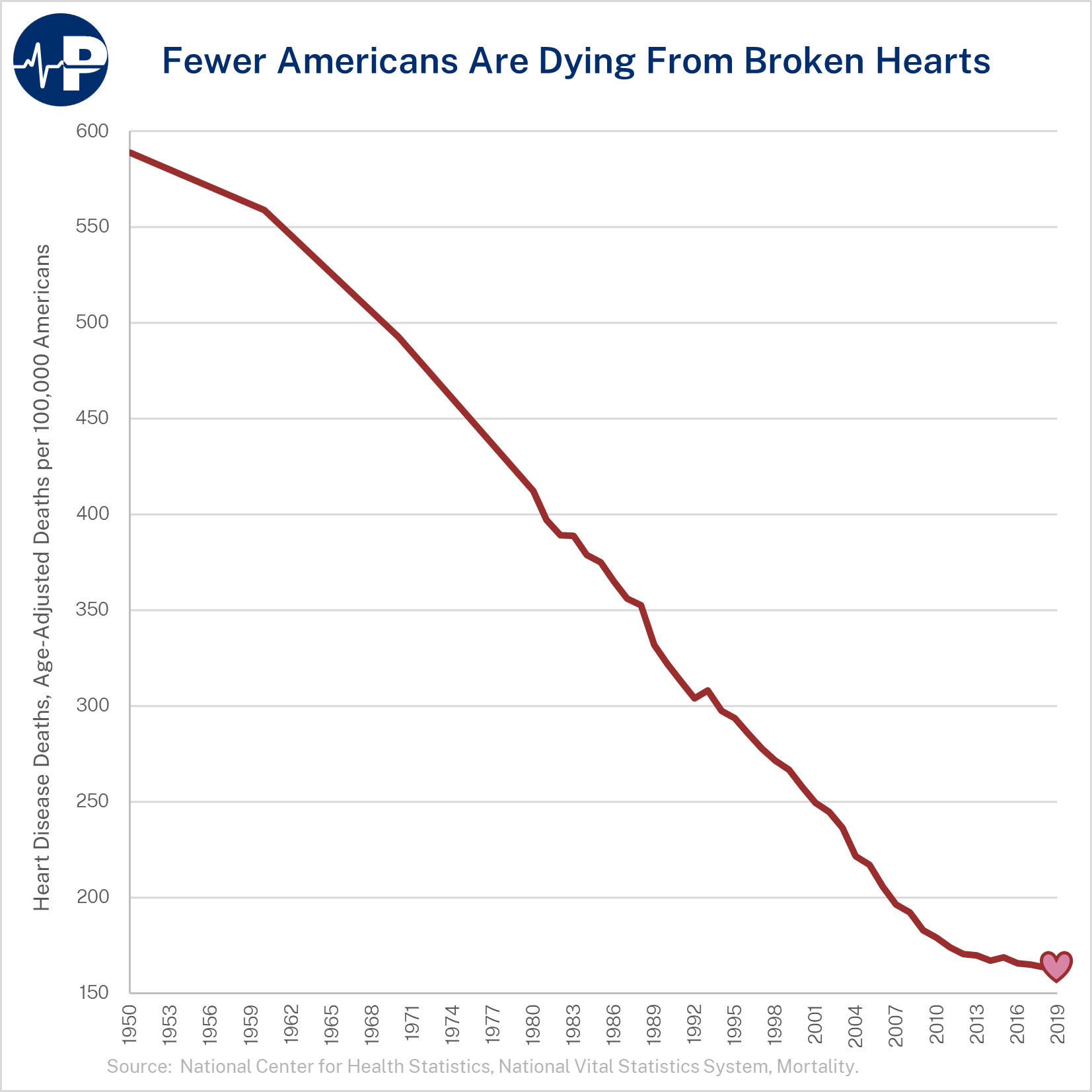Co-authored with Elizabeth Plummer.
Southeastern Conference (SEC) college football ushered in the return of maskless, full‑capacity crowds. It was the ultimate stress test of COVID-19.
As crowds returned to packed stadiums, there was much angst that they would be super spreader events. On Sept. 7, MSNBC’s Joy Reid asked Dr. Anthony Fauci, “As soon as I saw it [pictures of packed stadiums], I thought COVID-19 is about to have a feast. What did you think?” Fauci replied: “I thought the same thing. I think it’s really unfortunate.”
SEC football games are primarily located in states with relatively few state‑imposed COVID-19 restrictions (Alabama, Arkansas, Florida, Georgia, Kentucky, Louisiana, Mississippi, Missouri, South Carolina, Tennessee and Texas), and nine of the states have vaccination rates consistently lower than the national average. But while vaccination is our primary weapon to combat COVID-19 infection, natural immunity from prior infection also contributes to population immunity.
The average SEC stadium holds over 80,000 fans, and four of the stadiums have capacities exceeding 100,000. Stadium policies are set by each individual school, not the conference, and Louisiana State University (LSU) was the only SEC school to impose stadium entry COVID-19 protocols (proof of vaccination or a negative COVID test), although LSU lifted that restriction on Oct.16 when they hosted 96,000 fans.
Read the full article in The Hill.





